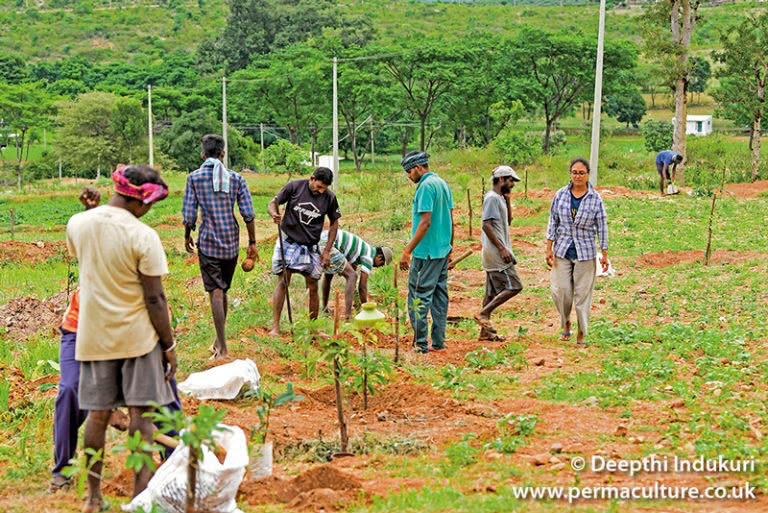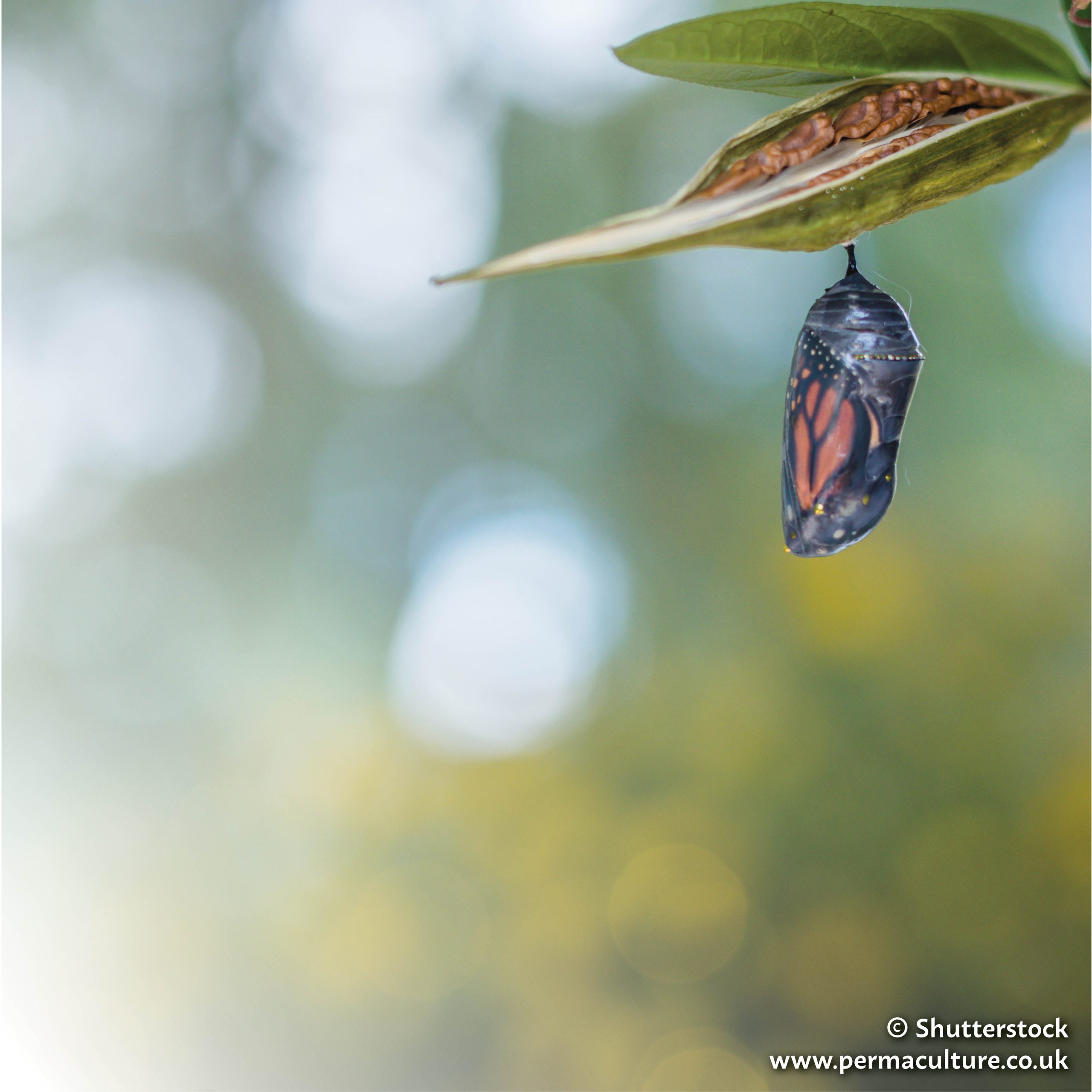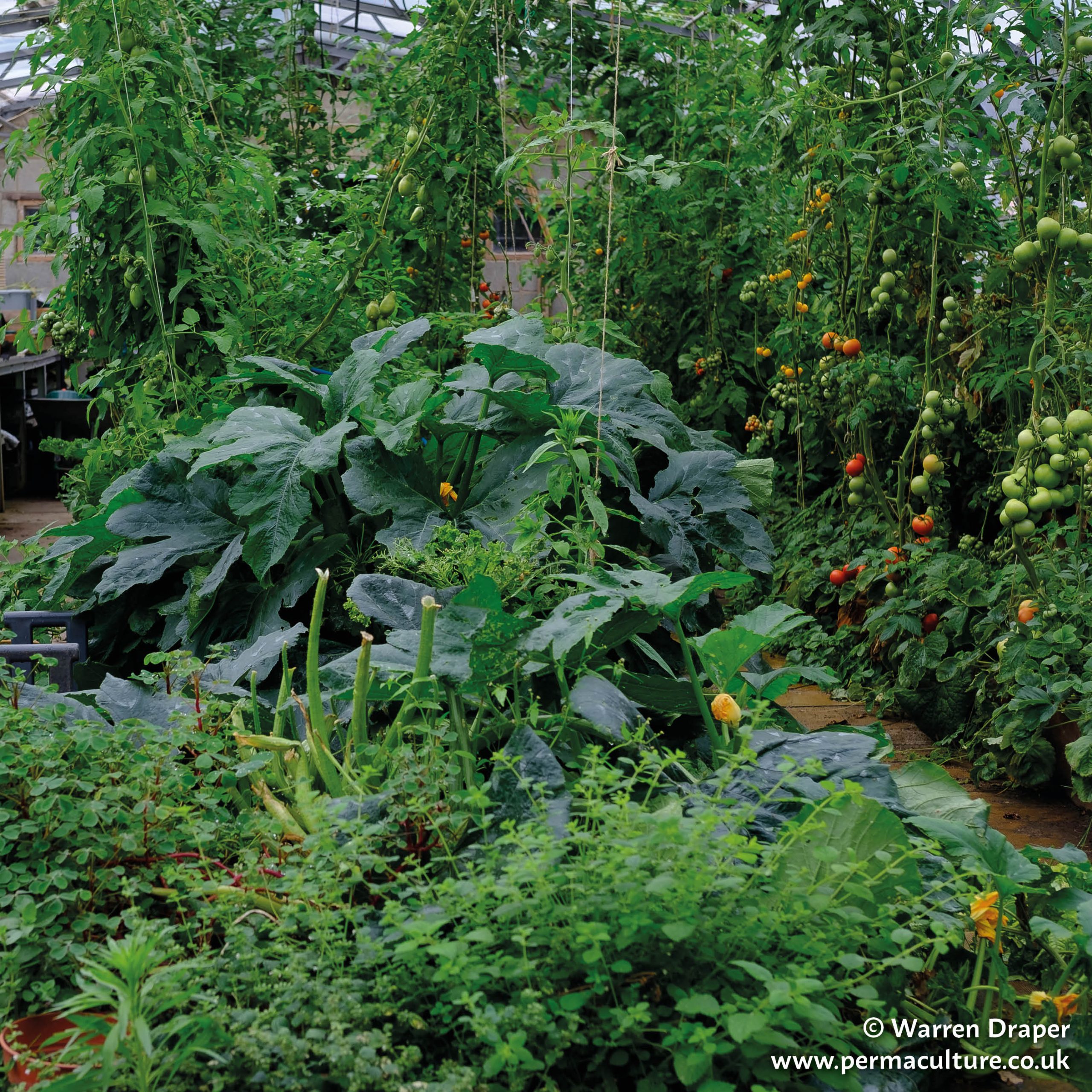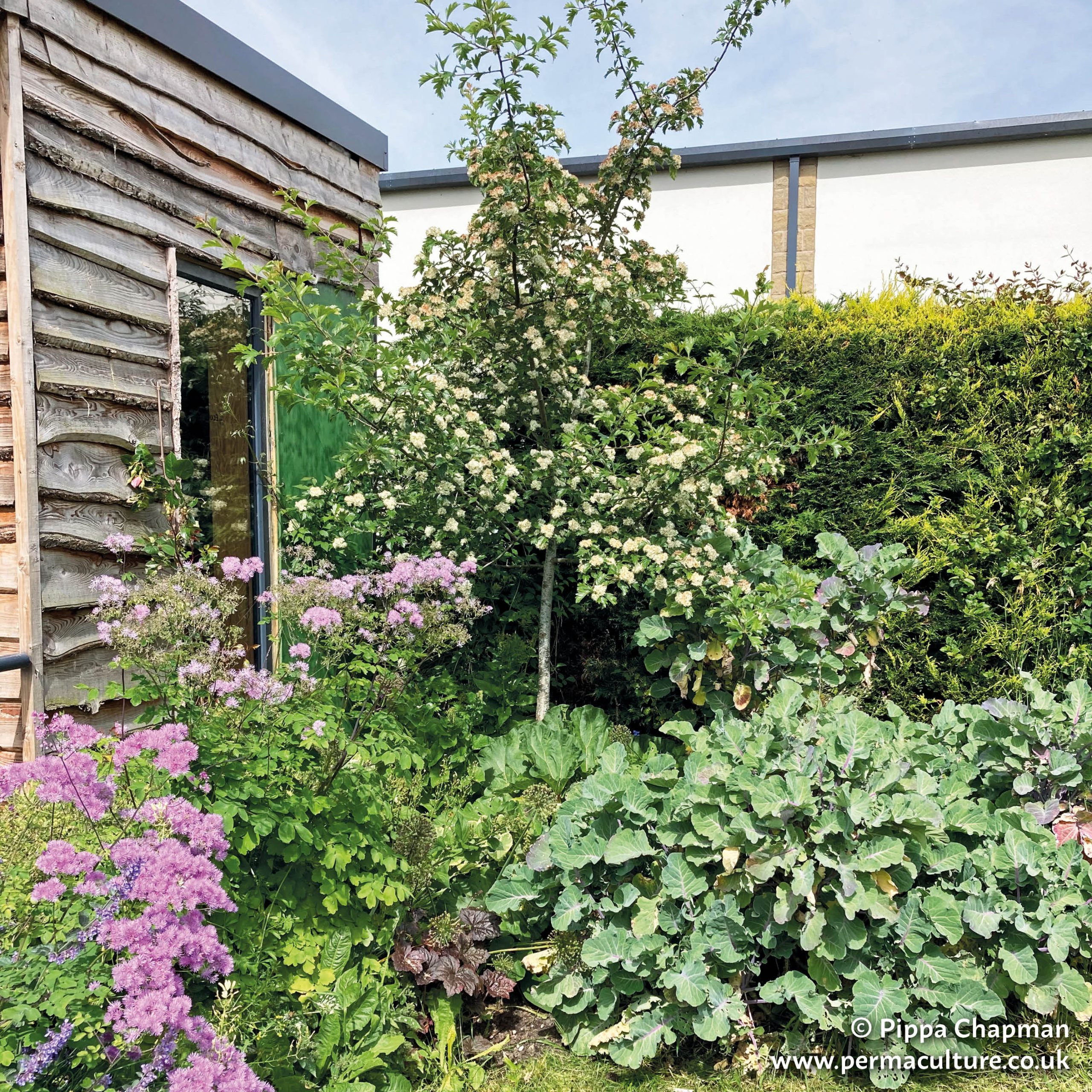Sweet bay (Laurus nobilis) is an evergreen tree with glossy green spicy leaves and berries, used for supporting digestion since classical times and effective against respiratory infections.
Alternate names Bay tree, common bay
Parts used: Berries and leaves
Sweet bay is a small to medium evergreen tree slowly growing to 10m tall (up to 20m in warmer climates) by 10m wide. It has dark green leathery leaves with pointed tips and a spicy aroma. Clusters of small yellow flowers are produced in April-May and pollination is by bees. Since male and female flowers grow on separate plants, both sexes are required for production of berries.
Sweet bay originates from southern Europe and grows amongst damp rocks and ravines.
L. nobilis angustifolia has narrower leaves and may be more hardy. Caution in confusing the sweet bay with other plants named as cherry laurels, which are in a different family and are potentially toxic.
Sweet bay is hardy to USDA zone 7 (UK zone 7), and needs a sheltered position in most areas. It can grow in sun or dappled shade, and tolerates a range of soils so long as they are well drained. It may be best grown in a container to form a small shrub which can be brought indoors in temperatures below -5oC (23oF), or protected with fleece. In the ground the sweet bay tree can tolerate lower temperatures, especially if not pruned back to a bare stem. Sweet bay can be planted out at a spacing of 3m by 3m and is readily pruned for a harvest of leaves in spring or summer.
It is resistant to honey fungus, insects and rodents but can be susceptible to root rot and leaf spot fungus or infested with sap suckers or scale insects.
Remove the fleshy berry outer casing from ripe fruits and sow seed as soon as possible in the autumn as seeds lose viability rapidly. Soak the seeds in warm water for 24 hours and sow in a shady mulched seed bed. Prick out the seedlings when large enough to handle and grow on in the first year. Plant out in the second summer and protect in the first winter. Softwood cuttings can be taken in early summer, though are not always successful. Hardwood cuttings with a heel can be taken in November-December. Layering is possible.
The leaves are harvested in spring and dried in a single layer for several weeks. Drying reduces bitterness in the leaves. The berries are harvested in the autumn and can be dried for later use.
Sweet bay leaves have been used since classical times as an infusion for digestive, respiratory and urinary complaints and the berries used to promote appetite. The leaves and berries have also traditionally been used for ague, arthritis and rheumatism, skin rashes and boils. Sweet bay has a longstanding reputation as an emmenagogue, and the berries have been used to promote expelling of the afterbirth in livestock.
Sweet bay leaves are anti-inflammatory, anti-oxidant, antimicrobial, astringent, carminative, diaphoretic, diuretic, stimulant and emmenagogue. The essential oil is analgesic, antispasmodic, antibacterial and antifungal. It can be used as an insect repellent.
There have been few clinical studies of sweet bay, apart from the effects of the essential oil of bay. Extract of sweet bay leaves has been shown to be anti-inflammatory and anti-oxidant, and it is suggested that sweet bay extracts could help to prevent oxidative stress and the production of free radicals in diabetes.
The leaves can be steam distilled to produce an essential oil. Infusion of the leaves or a few drops of essential oil in hot water can be used as an inhalation for respiratory complaints. Use a leaf-infused oil, or mix five drops of essential oil per 5ml of carrier oil (such as almond or olive oil), as an application for swollen or painful joints.
The leaves contain flavonoids (especially epicatechin). The essential oil of sweet bay contains 1,8-cineole, pinene, sabinene, 1-linalool, eugenol, eugenol acetate, and other esters and terpenols.
Sweet bay berries and leaves are collected in Mediterranean countries especially Turkey, and also cultivated in the Canary Islands, Morocco, south-eastern US and Mexico. Grown commercially in southern Europe on a coppice system, especially if irrigated, the annual yield of leaves is 5-12 tons/acre.
Not for internal use except under the advice of a professional clinical practitioner. Although used as a culinary spice, the leaves are emetic in large doses. The essential oil should not be used undiluted on the skin as it can cause dermatitis. Not for use with children or in pregnancy or breastfeeding.
Food flavouring. Hedging. Seed oil is used for making soap. Veterinary uses. Insect repellent in storage of foods.
—
This is an extract from Anne Stobart’s The Medicinal Forest Garden Handbook, an extensive handbook with practical information on growing, harvesting and using medicinal trees and shrubs sustainably in a temperate climate, whether for self-sufficiency or profit.
The Medicinal Forest Garden Handbook
by Anne Stobart
Alder Buckthorn (Frangula alnus) and its Medicinal Benefits
Anne Stobart is a medical herbalist and herb grower based in Devon, UK.
She is the author of The Medicinal Forest Garden Handbook and runs various medicinal courses.




